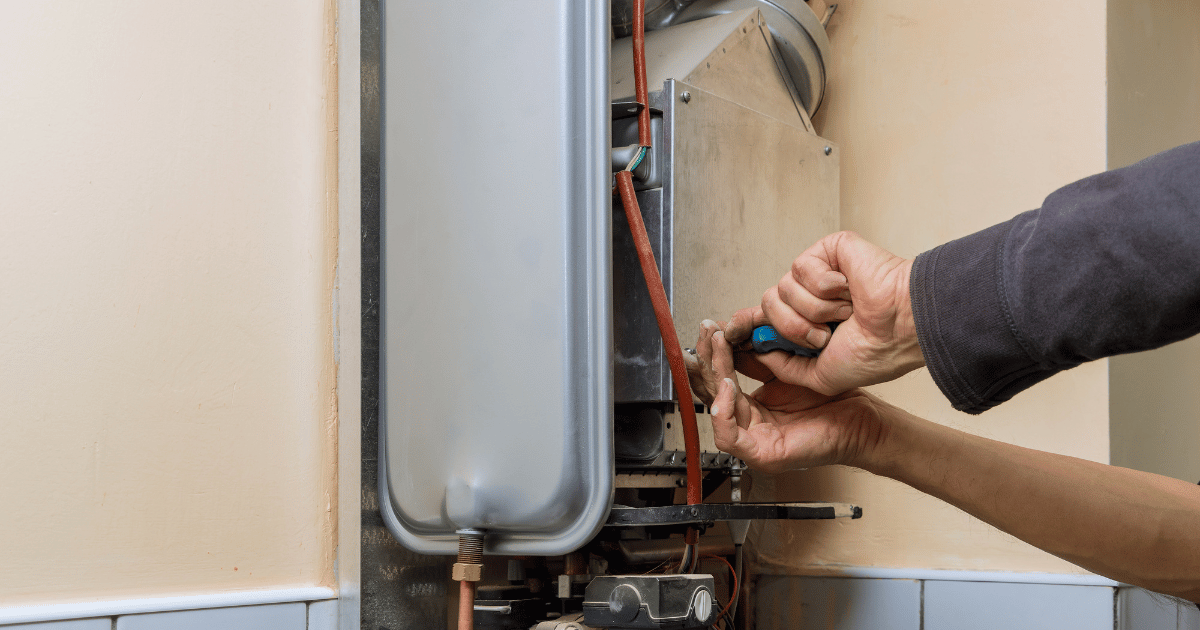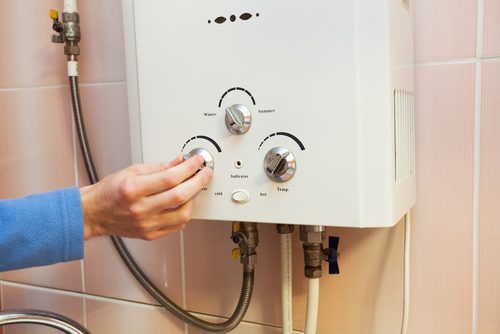Right here in the next paragraphs you can discover lots of brilliant insights on the subject of Tips For Maintaining Your Hot Water Heater.

Hot water is crucial for day-to-day comfort, whether it's for a revitalizing shower or washing meals. To ensure your hot water system runs effectively and lasts much longer, routine maintenance is vital. This short article gives functional tips and insights on how to keep your home's warm water system to avoid disturbances and pricey repair work.
Introduction
Keeping your home's hot water system could appear difficult, but with a couple of basic steps, you can ensure it operates efficiently for many years to find. This overview covers whatever from recognizing your hot water system to do it yourself maintenance ideas and knowing when to call in professional assistance.
Importance of Keeping Your Warm Water System
Regular upkeep not just prolongs the life-span of your warm water system but likewise ensures it runs efficiently. Overlooking upkeep can lead to reduced efficiency, greater power costs, and even early failure of the system.
Indicators Your Warm Water System Requirements Upkeep
Understanding when your warm water system needs focus can stop significant problems. Keep an eye out for signs such as inconsistent water temperature level, weird noises from the heater, or rustic water.
Recognizing Your Hot Water System
Before diving right into maintenance jobs, it's useful to comprehend the fundamental elements of your warm water system. Typically, this includes the hot water heater itself, pipelines, anode poles, and temperature controls.
Regular Monthly Upkeep Tasks
Regular monthly checks can help catch minor problems prior to they rise.
Purging the Water Heater
Flushing your water heater removes sediment buildup, improving efficiency and extending its life.
Checking and Replacing Anode Rods
Anode rods protect against deterioration inside the container. Checking and changing them when worn is vital.
Evaluating and Readjusting Temperature Level Settings
Changing the temperature settings makes sure optimal performance and safety.
DIY Tips for Upkeep
You can execute several upkeep jobs yourself to keep your hot water system in top problem.
Looking for Leaks
Consistently evaluate pipes and connections for leakages, as these can bring about water damages and higher bills.
Testing Stress Alleviation Valves
Checking the pressure safety valve guarantees it works properly and prevents extreme pressure accumulation.
Protecting Pipes
Insulating warm water pipelines minimizes warm loss and can conserve energy.
When to Call a Professional
While do it yourself maintenance is useful, some problems need expert knowledge.
Complicated Concerns Calling For Professional Help
Instances consist of major leaks, electrical troubles, or if your hot water heater is continually underperforming.
Regular Specialist Upkeep Perks
Professional upkeep can include extensive examinations, tune-ups, and ensuring conformity with security standards.
Verdict
Regular upkeep of your home's warm water system is necessary for efficiency, durability, and price financial savings. By complying with these tips and knowing when to seek professional aid, you can make sure a dependable supply of warm water without unanticipated interruptions.
Water Heater Maintenance Tips
Test the TPR Valve
Shut off the power and the cold-water supply valve. Place a bucket under the pipe connected to the temperature-pressure-release (TPR) valve on the top or side of the tank. (This valve opens if the tank pressure gets too high.) Lift the valve’s tab to let some water out, then let go. If water keeps flowing, drain the tank partway, unscrew the old valve with a pipe wrench, and install a new one. Check the Anode Rod
Put a hose to the tank’s drain cock and let out a few gallons of water. Now fit a 1 1/16-inch socket onto the rod’s hex head on top of the heater (or under its top plate) and unscrew the rod. If it’s less than ½ inch thick or coated with calcium, buy a new one, wrap its threads with Teflon tape, put it back in the tank, and tighten securely. Use this segmented rod if headroom above the tank is limited. Drain the Tank and Wash Out Sediment
Drain the remaining water in the tank into the bucket, then stir up the sediment on the tank’s bottom by briefly opening the cold-water supply valve. Drain and repeat until clean water comes out of the hose. Close the drain cock, refill the tank, and turn its power back on. Adjust the Temperature
Find the temperature dial on the side of the tank and unscrew its cover. Adjust the dial to 120 degrees using a flathead screwdriver. For every 10 degrees the temperature is lowered, you can expect to save up to 5 percent in energy costs. Turn the water heater off or the thermostat down to its lowest setting if you plan to be away from home for more than three days. Insulate the Pipes
Buy some self-sticking 3/8-inch-thick foam pipe insulation that matches the pipes’ diameter. Slide the foam over the hot-and cold-water pipes as far as you can reach. Insulating the cold-water pipe prevents condensation in summer. Peel the tape and squeeze the insulation closed. If the pipe is 6 inches or less from the flue, cover it with 1-inch-thick unfaced fiberglass pipe wrap. https://www.thisoldhouse.com/plumbing/21016402/how-to-maintain-a-water-heater

As a keen person who reads about How to Maintain a Hot Water Heater in a Few Simple Steps, I thought sharing that topic was really helpful. Sharing is nice. Who knows, you may be helping someone out. I praise you for being here. Revisit us soon.
Start Now